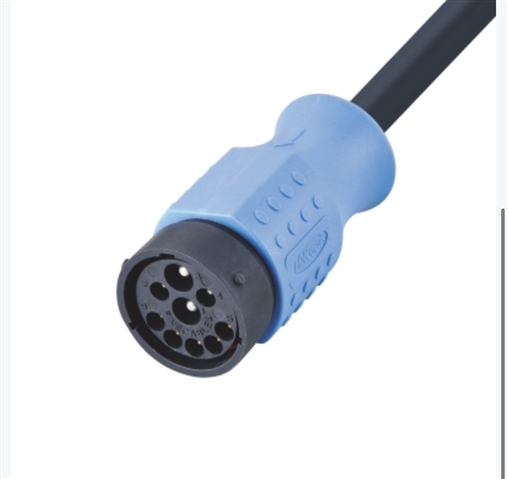Hi,
Almost all industrial control panels and others like lighting / automaton, have devices inside of them which have Ethernet ports, connected generally to network switches within the panels.
BS7671 is quite strict when it comes to routing data and power cabling; in control panels, data cabling (so Ethernet over Cat5 or Cat6 or indeed RS232 etc) is generally in the same trunking as AC (single and three phase). The cables land into the panel separated from AC, but are then right on top of AC inside of the panel itself.
Obviously panel design standards are different. Does anyone know the exclusions / best practice for this?
There are also other subjects like Hybrid cables, for EV chargers, that I think come into question.
Are there any special distances/creepages that need to be maintained in control panels between power and data?
Thanks.


